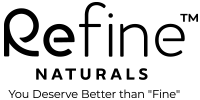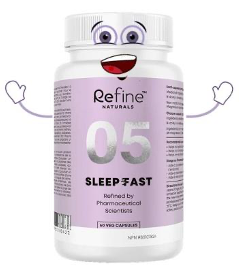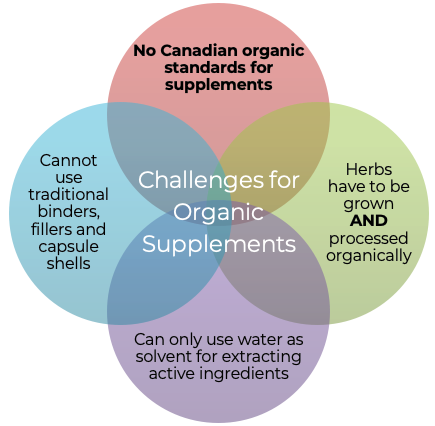How to assess Quality of herbal medicines
Worried about quality of herbal medicines? This may help you make a better decision.
So, you got tempted to buy an herbal supplement but gave it a pass because you doubted the quality? Your concern is rightly placed: a 2021 report by Federal Watchdog highlighted that Health Canada doesn’t conduct routine on-site inspections of natural health product manufacturing plants.[1] And even though most products on the shelves claim ‘Good Manufacturing Practices’, ‘Clinically tested’, ‘ISO certified’ and so on, but, as a consumer, you have no means of verifying it. There is, however, a way in which you can safe guard yourself: using ‘Standardized Extracts’.
Do all herbal medicines have specific ‘Active ingredients’ in them?
Herbs typically contain hundreds of different chemical classes of compounds. These help the plant fight infections, grow better, give them aroma and flavor. For instance, the popular stress relieving herb ‘Rhodiola rosea’ contains over 140 different compounds.[2] Luckily, in most medicinal herbs (not all), it has been possible to attribute the benefits to specific compounds. E.g. Salidrosides in Rhodiola roseacan inhibit certain enzymes in the human brain and have an anti-depressant effect.[3] These compounds are termed ‘Active ingredients’.

Do herbs always produce the same concentration of active ingredients?
Herbs synthesize active ingredients for their own purpose (herbs don’t work for us) and it depends on several factors: season (summer vs winter), part of the plant (root vs leaf), soil type, geography, watering, sun exposure and indoor vs outdoor. [4–7]

How can manufacturers ensure uniform levels of active ingredients in each capsule/ tablet?
Although the concentration of active ingredients in herbs varies naturally, it is possible to ‘standardize’ their amount in products. This process of quality control to achieve uniformity begins right from cultivation:
- Firstly, ensuring that all batches of herbs receive the same amount of sunlight, water and fertilizers, and are harvested at the same time of the year and at the same age of the plant[8]
- Secondly, the dried herbs should be purified by an established technique[8]
- Thirdly, the concentration of active ingredients is measured in the final product by using modern analytical techniques. Not only actives, but even the amount of pesticides, heavy metals, foreign matter like ash, glass, soil, bacteria or insects should also be checked as they can make a difference in efficacy and safety.[8]
By standardizing the whole process from cultivation to encapsulation, we get a product whose characteristics are well defined and which is reliable and safe.
Do the Canadian ‘Natural Health Product Regulations’ make it mandatory to use Standardized formulations?
Except for a few cases, the regulations give flexibility to use either standardized or non-standardized formulations. In cases where it is mandatory, the regulations specify the range of active ingredients. For instance, Bacosides should range between 40-55% and Rosavins should range between 1-6%.
Can you tell if a product is standardized by looking at the label?
Yes, the extract is standardized if the concentration of the active ingredients in it is controlled. These are some examples:
We hope you can now make a better decision the next time you shop for herbal supplements. At Refine Naturals, we realize that not all natural health supplements are created equal. We concentrate our expertise in choosing quality and evidence backed medicinal as well as non-medicinal ingredients.
At Refine Naturals: We believe “You Deserve Better than FINE!”
References:
- Russell A. Federal oversight of natural health products leaving Canadians at risk: report [Internet]. Glob. News2021 [cited 2021 Jul 6];Available from: https://globalnews.ca/news/7783257/federal-oversight-canadian-natural-health-products/
- Panossian A, Wikman G, Sarris J. Rosenroot (Rhodiola rosea): Traditional use, chemical composition, pharmacology and clinical efficacy. Phytomedicine 2010;17(7):481–93.
- Dimpfel W, Schombert L, Panossian AG. Assessing the Quality and Potential Efficacy of Commercial Extracts of Rhodiola rosea L. by Analyzing the Salidroside and Rosavin Content and the Electrophysiological Activity in Hippocampal Long-Term Potentiation, a Synaptic Model of Memory. Front Pharmacol 2018;9:425.
- Nikam PH, Kareparamban J, Jadhav A, Kadam V. Future Trends in Standardization of Herbal Drugs. J Appl Pharm Sci 2012;2(6):38–44.
- Bansal M, Reddy MS, Kumar A. Seasonal variations in harvest index and bacoside A contents amongst accessions of Bacopa monnieri (L.) Wettst. collected from wild populations. Physiol Mol Biol Plants 2016;22(3):407–13.
- Southwell IA, Bourke CA. Seasonal variation in hypericin content of Hypericum perforatum L. (St. John’s Wort). Phytochemistry 2001;56(5):437–41.
- Kim D, Kim M, Raña GS, Han J. Seasonal Variation and Possible Biosynthetic Pathway of Ginsenosides in Korean Ginseng Panax ginseng Meyer. Molecules 2018;23(7):1824.
- Kunle, Folashade O, Egharevba, Omoregie H, Ahmadu, Ochogu P. Standardization of herbal medicines - A review. Int J Biodivers Conserv 2012;4(3):101–12.




